
There are 47 individual Wildlife Trusts covering the whole of the UK and the Isle of Man and Alderney. Together The Wildlife Trusts are the largest UK voluntary organization dedicated to protecting wildlife and wild places everywhere at land and sea. They are supported by 791,000 members, 150,000 of whom belong to their junior branch, Wildlife Watch. Every year The Wildlife Trusts work with thousands of schools, and their nature reserves and visitor centres receive millions of visitors. The Wildlife Trusts work in partnership with hundreds of landowners and businesses across the UK in towns, cities and the wider countryside. Building on their existing network of 2,250 nature reserves, The Wildlife Trusts recovery plan for the UKs wildlife and fragmented habitats, known as A Living Landscape, is being achieved through restoring, recreating and reconnecting large areas of wildlife habitat.
As well as protecting wildlife this is helping to safeguard the ecosystems that we depend on for services like clean air and water. The Wildlife Trusts are also working to protect the UKs marine environment. They are involved with many marine conservation projects around the UK, often surveying and collecting vital data on the state of our seas. Every year they run National Marine Week in August a two-week celebration of our seas with hundreds of events taking place around the UK. All 47 Wildlife Trusts are members of the Royal Society of Wildlife Trusts (Registered charity number 207238). To find your local Wildlife Trust visit wildlifetrusts.org  First published in 2010 by New Holland Publishers (UK) Ltd This edition published in 2014 by Bloomsbury Publishing Plc This electronic edition published in 2014 by Bloomsbury Publishing Plc Copyright 2014 text and illustrations Bloomsbury Publishing Plc All rights reserved.
First published in 2010 by New Holland Publishers (UK) Ltd This edition published in 2014 by Bloomsbury Publishing Plc This electronic edition published in 2014 by Bloomsbury Publishing Plc Copyright 2014 text and illustrations Bloomsbury Publishing Plc All rights reserved.
You may not copy, distribute, transmit, reproduce or otherwise make available this publication (or any part of it) in any form, or by any means (including without limitation electronic, digital, optical, mechanical, photocopying, printing, recording or otherwise), without the prior written permission of the publisher. Any person who does any unauthorised act in relation to this publication may be liable to criminal prosecution and civicl claims for damages. Bloomsbury Publishing Plc, 50 Bedford Square, London WC1B 3DP www.bloomsbury.com Bloomsbury Publishing, London, New Delhi, New York and Sydney A CIP catalogue record for this book is available from the British Library Library of Congress Cataloging-in-Publication Data has been applied for Design by Alan Marshall ISBN (ePub) 978-1-4729-1584-9 ISBN (ePDF) 978-1-4729-1585-6 Printed in China by C&C Offset Printing Co Ltd. This book is produced using paper that is made from wood grown in managed sustainable forests. It is natural, renewable and recyclable. The logging and manufacturing processes conform to the environmental regulation of the country of origin.
To find out more about our authors and their books please visit www.bloomsbury.com where you will find extracts, author interviews and details of forthcoming events, and to be the first to hear about latest releases and special offers, sign up for our newsletters here. ContentsIntroduction Meadows ablaze with wild flowers in bloom are the romantic ideal for many lovers of the countryside. When agriculture was less intensive, arable weeds thrived, roadsides had a more varied flora and unimproved pasture had a wonderful variety of flowering plants. There is no doubt that there have been huge losses of habitat for wildlife, but prospects for wild flowers have recently improved. Conservationists began to draw the attention of land-users to the importance of biodiversity, and to their credit, local authorities and farmers have begun to take action. Life Cycles of Flowering Plants The flower is just one part of the life of a flowering plant. Life Cycles of Flowering Plants The flower is just one part of the life of a flowering plant.
The cycle begins with the seed, is followed by the seedling, and grows to the point where it flowers and then fruits to release the seeds that start the cycle again. There is a huge variety of seed sizes. Some seeds can survive for many years, lying dormant in the soil, while others are so short-lived that they must germinate extremely quickly. Each plant may be able to produce a huge number of seeds, but few will germinate and even fewer will survive to flower. At every stage of its life a plant is vulnerable to predation, weather conditions and accidental destruction. The roots of seedlings begin to develop before the leaves, and flowering plants are classified into two major orders depending on how the leaves of the seedlings develop.
Monocotyledons have one seed leaf, or cotyledon, while dicotyledons have two. Once the cotyledons have performed their function of protecting and nourishing the developing seedling, they wither to be replaced by true leaves. Secondary roots develop from the young plants main roots to create an intricate network probing the soil for moisture and nutrients. Energy from sunlight is synthesized by chlorophyll, the green pigment in leaves, into carbohydrates, cellulose and starch. Growth throughout the plant requires the starches created in the leaves. It is only when the plant is large enough that it will flower.
Typically the flower consists of sepals, which form a calyx, within which are the petals. Sometimes both sepals and petals are similar, and together are called the perianth. Within the petals and sepals are the pollen-producing stamens, the male parts of the flowers. The female parts are the ovaries, each with one or more pollen-receptive stigmas often borne on a stalk-like part called a style. Seeds develop in the fertilized ovary, which ripens and turns into fruit.  Plants are described according to their flowering and fruiting habits.
Plants are described according to their flowering and fruiting habits.  Plants are described according to their flowering and fruiting habits.
Plants are described according to their flowering and fruiting habits.
The shortest-living are the annuals, which complete their lives within a single year and then die. Biennials germinate in their first year, survive through the winter, and in their second year flower, seed and die. Perennials flower from year to year, surviving the winter either above or below the ground. Leaf Types Typically the structure of a leaf is a stalk with a wide blade on either side of it. The blade is usually flat and may be simple or compound, consisting of several separate leaflets. Opposite leaves grow from the stem opposite each other, while alternate leaves grow from the opposite side of the stem, but not opposite each other.
More than two leaves growing from the same point on the stem are described as whorled leaves. Simple leaves are found in a large number of shapes, including narrow-elliptical, broad-elliptical, narrow-lanceolate, kidney-shaped, arrow-shaped and ovate. Compound leaves consist of two or more separate leaflets. Pinnate leaves grow opposite each other, while trifoliate leaves grow in groups of three. Flower Forms and Types

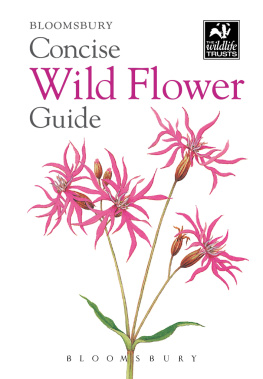
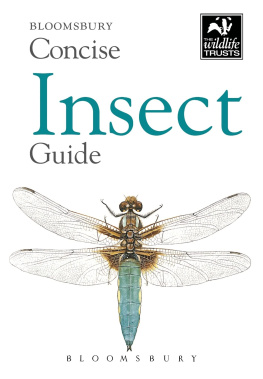
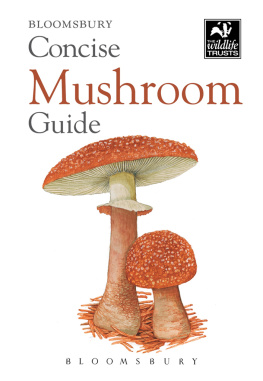
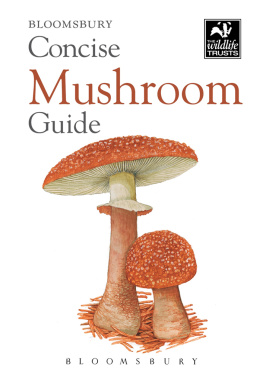

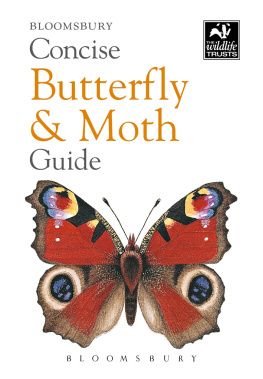
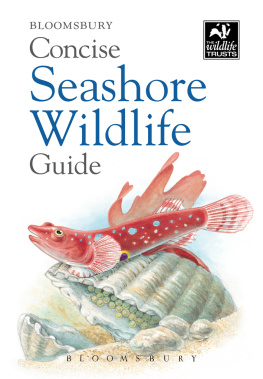
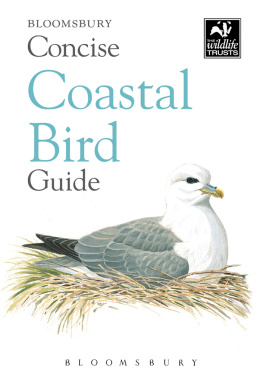
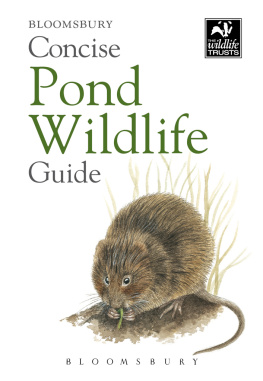
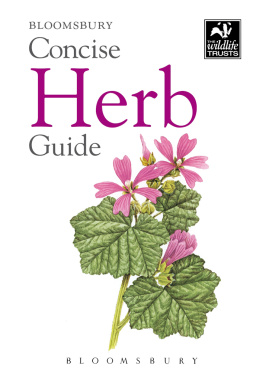
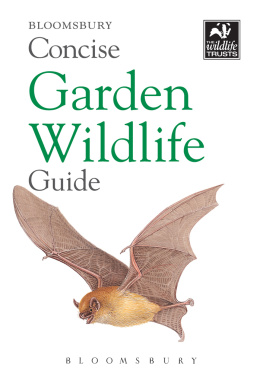
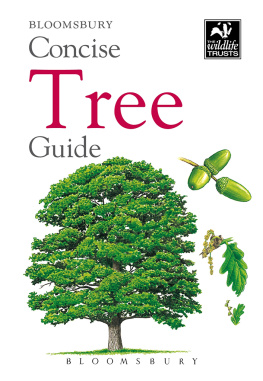
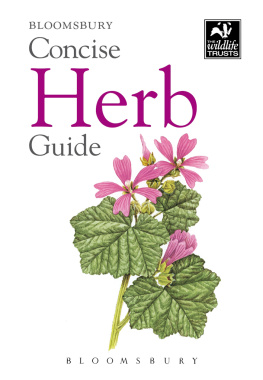

 There are 47 individual Wildlife Trusts covering the whole of the UK and the Isle of Man and Alderney. Together The Wildlife Trusts are the largest UK voluntary organization dedicated to protecting wildlife and wild places everywhere at land and sea. They are supported by 791,000 members, 150,000 of whom belong to their junior branch, Wildlife Watch. Every year The Wildlife Trusts work with thousands of schools, and their nature reserves and visitor centres receive millions of visitors. The Wildlife Trusts work in partnership with hundreds of landowners and businesses across the UK in towns, cities and the wider countryside. Building on their existing network of 2,250 nature reserves, The Wildlife Trusts recovery plan for the UKs wildlife and fragmented habitats, known as A Living Landscape, is being achieved through restoring, recreating and reconnecting large areas of wildlife habitat.
There are 47 individual Wildlife Trusts covering the whole of the UK and the Isle of Man and Alderney. Together The Wildlife Trusts are the largest UK voluntary organization dedicated to protecting wildlife and wild places everywhere at land and sea. They are supported by 791,000 members, 150,000 of whom belong to their junior branch, Wildlife Watch. Every year The Wildlife Trusts work with thousands of schools, and their nature reserves and visitor centres receive millions of visitors. The Wildlife Trusts work in partnership with hundreds of landowners and businesses across the UK in towns, cities and the wider countryside. Building on their existing network of 2,250 nature reserves, The Wildlife Trusts recovery plan for the UKs wildlife and fragmented habitats, known as A Living Landscape, is being achieved through restoring, recreating and reconnecting large areas of wildlife habitat.  First published in 2010 by New Holland Publishers (UK) Ltd This edition published in 2014 by Bloomsbury Publishing Plc This electronic edition published in 2014 by Bloomsbury Publishing Plc Copyright 2014 text and illustrations Bloomsbury Publishing Plc All rights reserved.
First published in 2010 by New Holland Publishers (UK) Ltd This edition published in 2014 by Bloomsbury Publishing Plc This electronic edition published in 2014 by Bloomsbury Publishing Plc Copyright 2014 text and illustrations Bloomsbury Publishing Plc All rights reserved. Plants are described according to their flowering and fruiting habits.
Plants are described according to their flowering and fruiting habits.